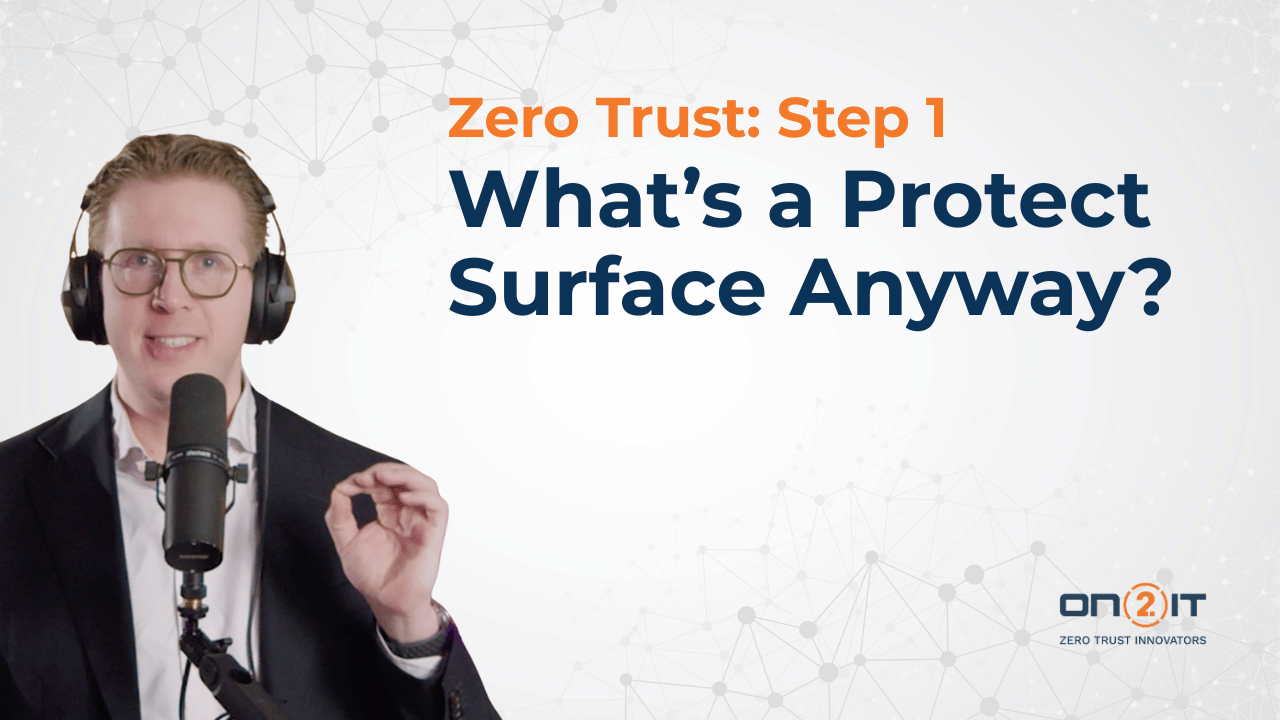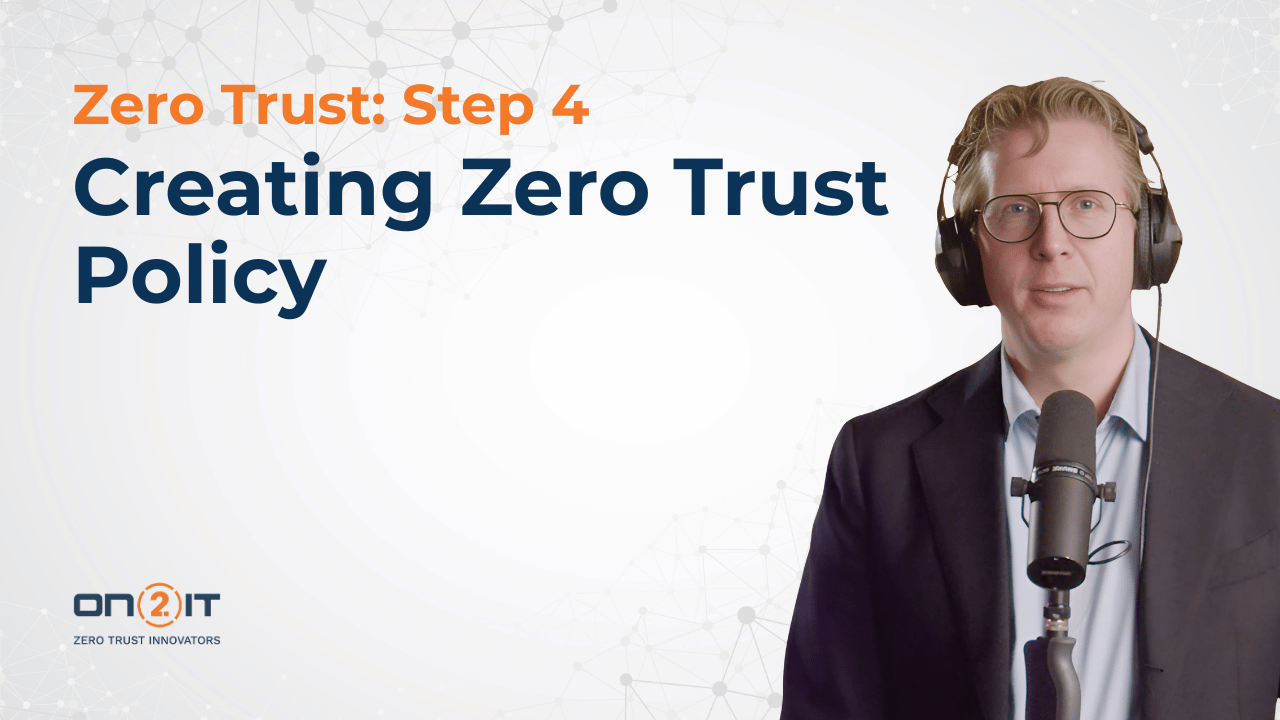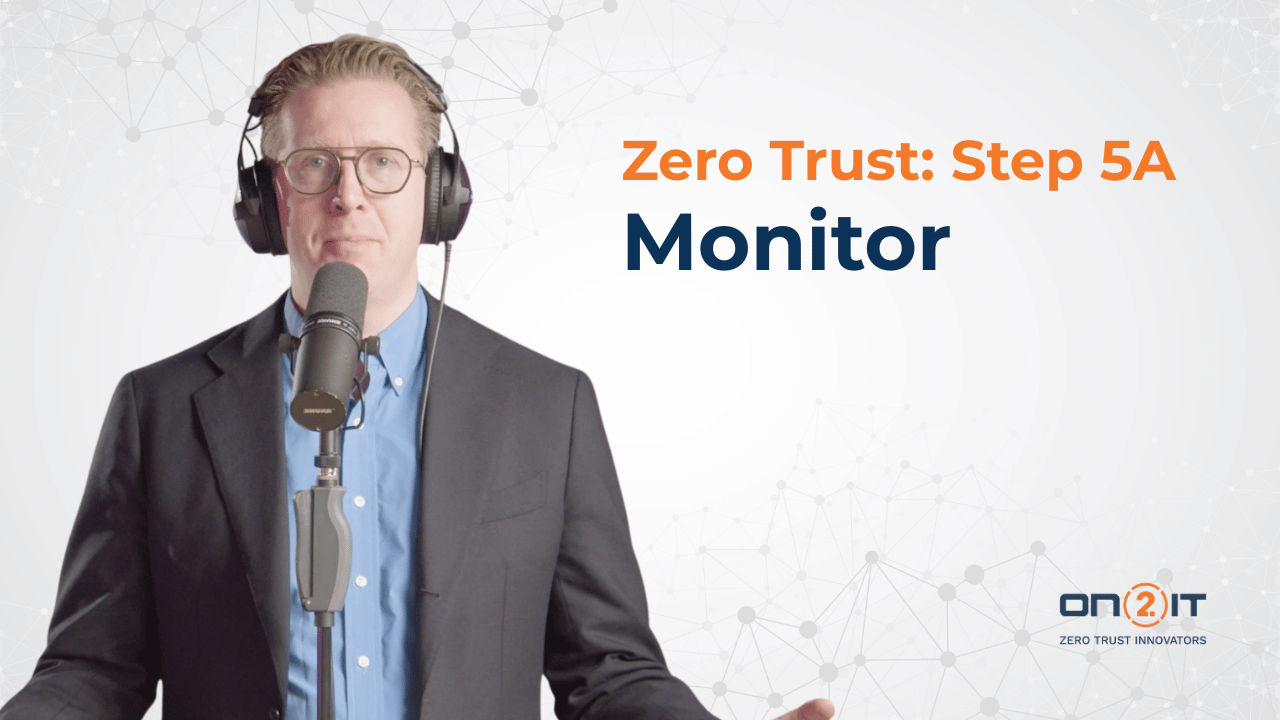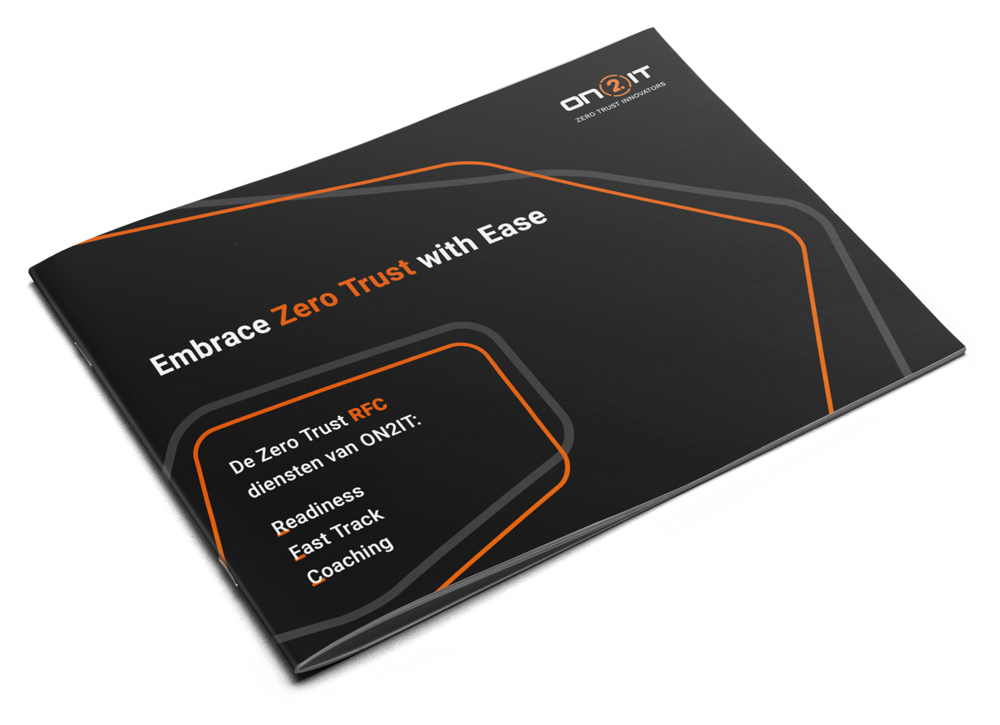Zero Trust as a Service delivers a new approach to managed cybersecurity services, designed for prevention, enabling you to embrace Zero Trust with ease.
Understanding the Essence
What is Zero Trust?
Zero Trust is a strategic approach to cybersecurity focused on preventing data breaches. Trust is a human emotion—not a security principle. That’s why Zero Trust follows the core philosophy: “Never trust, always verify.”
This strategy is decoupled from technology. While tools and solutions will evolve, the Zero Trust strategy remains constant. It’s a future-proof approach that resonates at the executive level and is easy to deploy with off-the-shelf technologies.
Focus on what truly matters
Why Choose Zero Trust?
Zero Trust is the only approach that starts with a strategic foundation. Instead of chasing every new threat across your expanding attack surface, it prioritizes protecting what’s most valuable—your critical data, applications, and business assets.
Looking to get the highest return on your security investments? Zero Trust reduces both the likelihood and impact of breaches by focusing on proactive prevention and faster detection.
Turn Strategy into Real-World Protection
the Four Principles of Zero Trust
Zero Trust is a business-driven strategy. This means that it emphasizes the need to involve business owners. They’re the ones who can tell you what parts of the organization are the most important and therefore need a higher level of protection.
If you don’t include the business owners, then defining the business outcomes becomes a very complex task and you’ll never know what exactly needs to be protected.
With everything being interconnected or remotely accessible, the idea of a friendly ‘trusted’ internal network and the angry outside internet is obsolete.
Designing your security from the inside out means that you take the data as a starting point as data represents business value – which is ultimately what you want to protect.
These days, more and more systems communicate with each other; via the cloud, APIs, or IoT devices. As more and more of these systems and devices exist, it has become all the more important to specify ‘who’ but also ‘what’ has access.
Access from one system to the other must be explicitly given. This is done on a need-to-know basis. Access must never be considered taken for granted.
Every flow of data must be inspected to see if there is any possible suspicious behavior. We cannot ‘trust’ that the traffic is good, even if it’s internal traffic.
Implementing step by step
The Five steps of Zero Trust
Implementing Zero Trust doesn’t have to be overwhelming. Follow these five proven steps defined by Zero Trust founder and former SVP of ON2IT John Kindervag and brought to life by ON2IT’s CTO Lieuwe-Jan Koning. Each step helps you build a stronger, more resilient cybersecurity posture—one practical milestone at a time.
Step 2. Map the transaction flows
Zero Trust is a system, and in order to secure the system, understanding how the network works is imperative to a successful Zero Trust deployment. The mapping of the transactions flows to and from the protect surface shows how various DAAS components interact with other resources on your network and, therefore, where to place the proper controls. The way traffic moves across the network, specific to the data in the protect surface, determines the design.
Step 3. Build a Zero Trust architecture
Part of the magic of the five-step model is that the first two steps will illuminate the best way to design the Zero Trust architecture. The architectural elements cannot be predetermined. Each Zero Trust environment is tailor-made for each protect surface.
A good rule-of-thumb in design: place the controls as close as possible to the protect surface.
Step 5A. Monitor
One of the core design principles of Zero Trust is to inspect and log all traffic — all the way through Layer 7.
The telemetry gathered from this process not only helps prevent data breaches and other major cybersecurity incidents, but also provides valuable insights to strengthen security over time.
By continuously monitoring all network activity, every protect surface becomes more transparent, measurable, and better protected.
Step 5B. Maintain Controls
Telemetry from cloud, network, and endpoint controls can be analyzed using behavioral analytics, machine learning, and artificial intelligence.
These technologies enable real-time detection and prevention of attacks, while also helping organizations improve their overall security posture in the long term.
As a result, each protect surface grows more robust and resilient with every insight gained from continuous analysis and refinement.
the foundation for a secure future
Your first step towards Zero Trust
The Zero Trust Readiness Assessment is your starting point for implementing a mature Zero Trust strategy. In just six days, you’ll gain clarity on where your organization stands and what’s needed to close the gaps. Through a guided evaluation of your strategy, governance, and operations, we identify your level of readiness — and deliver clear, actionable steps to move forward with confidence.
Whether you’re just beginning your Zero Trust journey or looking to accelerate existing efforts, this assessment gives you the insight and direction to take control of your digital security.
Insight
Insight into your digital security within six days.
Strategic advisory report
Including gap-maturity diagrams on Strategic, Managerial, and Operational levels.
Protect surfaces
Five protect surfaces are defined and visible in the AUXOTM platform.
Improvement advice
Short- and long-term improvement advice to implement Zero Trust.
Roadmap
Zero Trust roadmap customized for your organization.
Centuries of Risk Management
Zero trust and the Dutch Waterworks
For centuries, the Dutch have defended their land with advanced water management systems—dikes, polders, and sluices. Their focus isn’t on building bigger walls but on controlling the flow of water exactly where it matters.
This is the essence of Zero Trust. Don’t try to defend everything at once—instead, strategically protect your most critical assets with layered, intelligent defenses.
Additional
Zero Trust Resources
Datasheet
Zero Trust Dictionary
The most essential information about authentic Zero Trust, summarized in one authoritative lexicon.If you’re looking for structured information about this security strategy, this is a must-read.
Infographic
Introduction on Zero Trust
Zero Trust delivers the industry’s strongest protection against cyber threats. This clear infographic reveals the core tenets of the Zero Trust design principles and provide you with a basic overview of the 5 pivotal steps and Zero Trust As A Service.
whitepaper
How Zero Trust eases the compliance burden
This paper examines the complexity of both implementing Zero Trust and ensuring compliance with regulatory standards and frameworks.
whitepaper
Understanding Zero Trust – Lessons from Experts
This whitepaper takes a look at what lessons we have learned from many years of Zero Trust implementation.
whitepaper
A hands on approach to Zero Trust implementation
This whitepaper looks at what the logical place to start is for Zero Trust implementation and walks you through the five steps of the Zero Trust strategy.
whitepaper
How Zero Trust reduces data breach costs
The cost of data breaches today is immense – both for organizations and for society. This includes a conceptual approach to reduce the cost of a data breach











